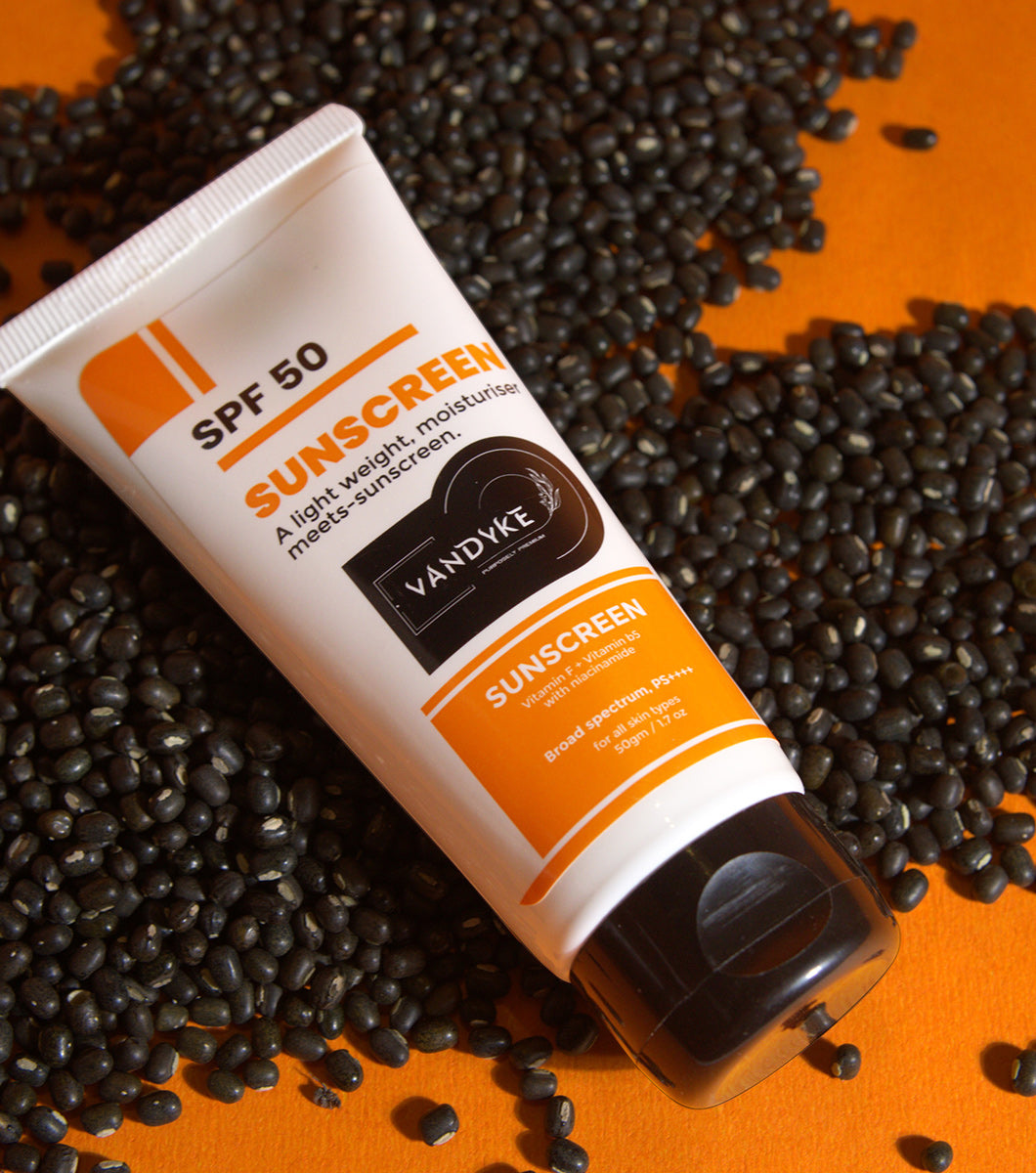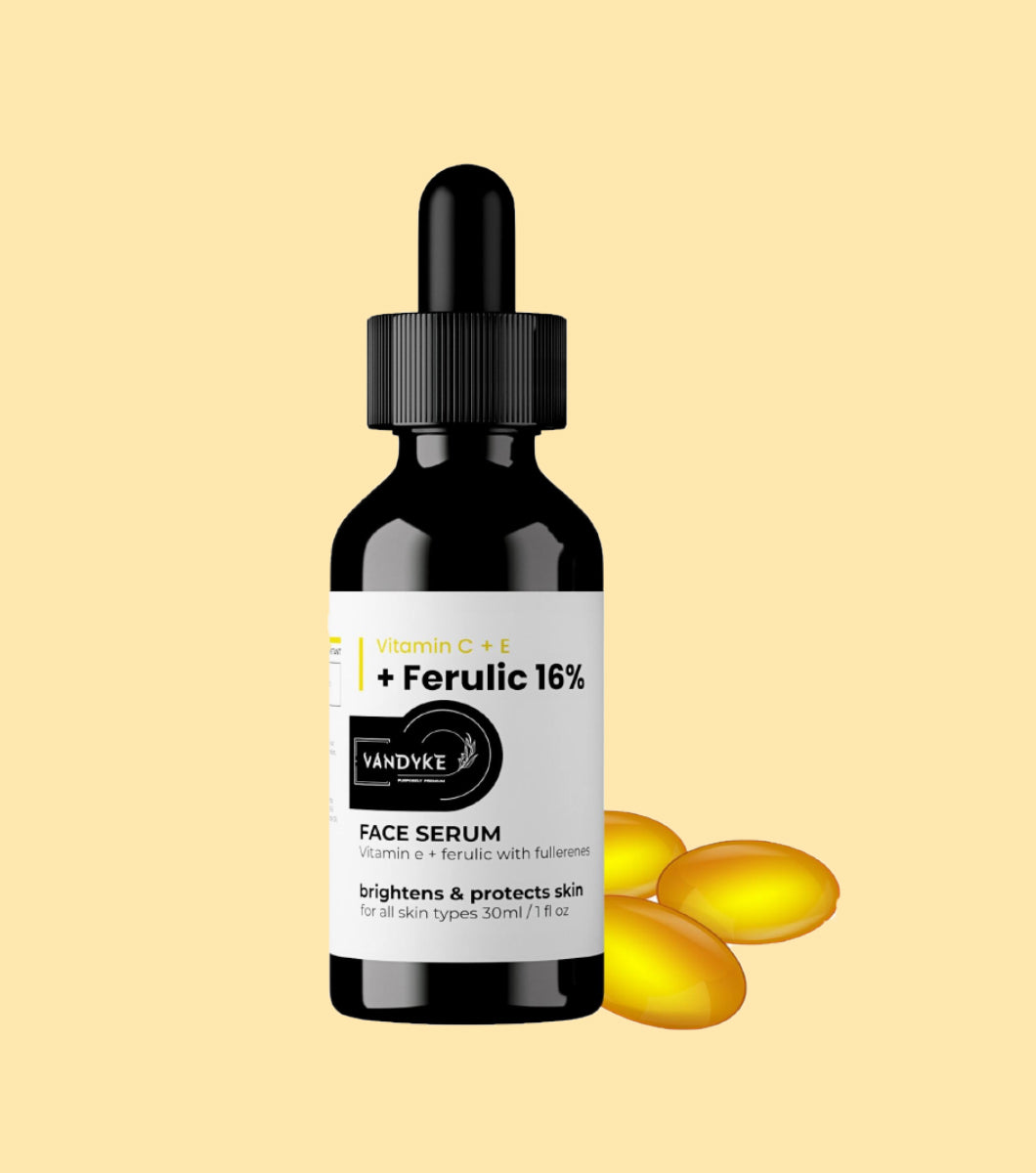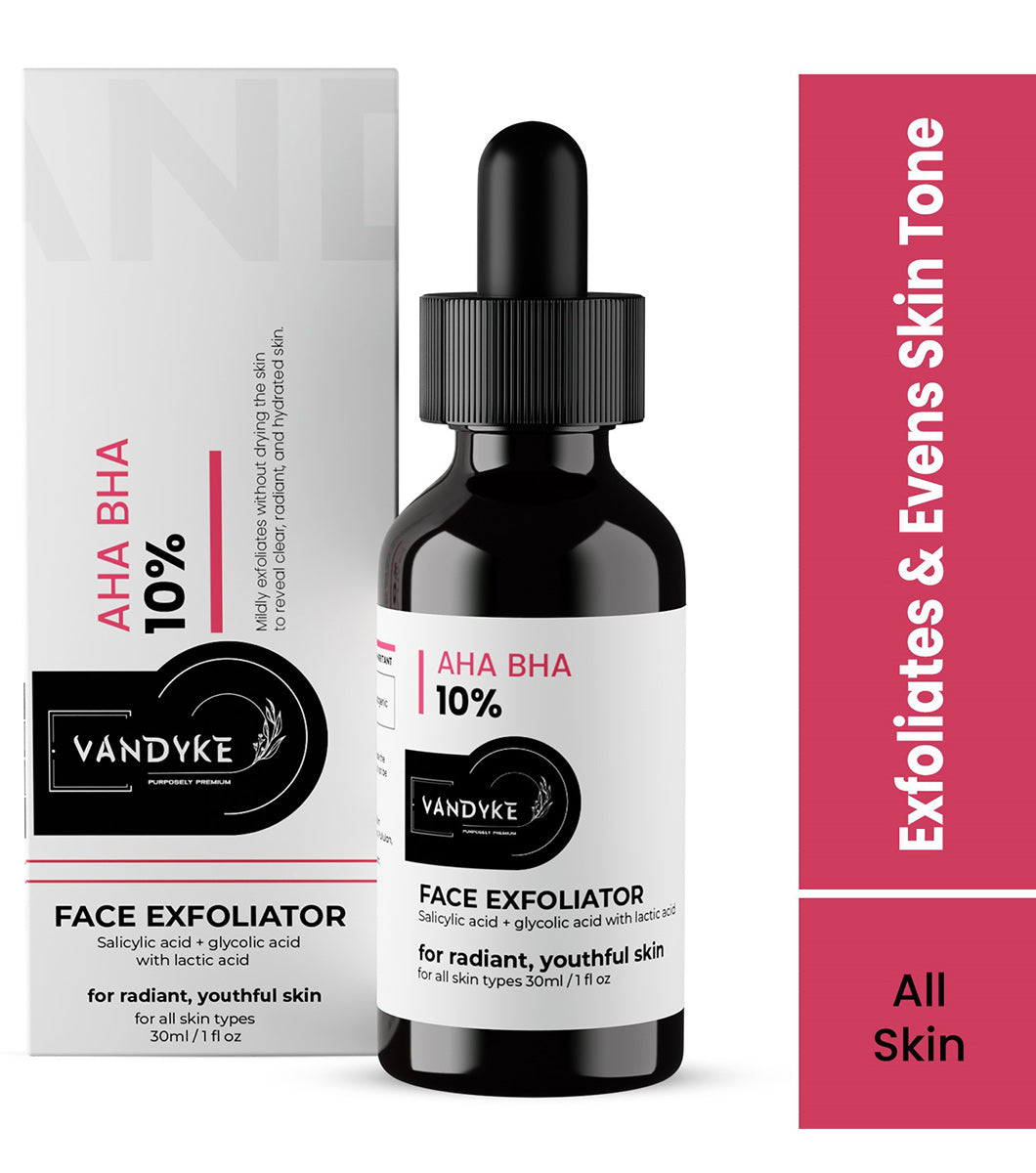
Is Glycolic Acid the Same as Salicylic Acid for Acne

Is Glycolic Acid the Same as Salicylic Acid for Acne?
Dealing with acne can be a frustrating journey, leading many to search for the most effective solutions. Two popular ingredients that often come up in conversations about acne treatment are glycolic acid and salicylic acid. Both of these acids have gained significant attention for their potential in tackling stubborn acne. In this article, vandyke will delve into the world of skincare and explore whether glycolic acid is truly on par with salicylic acid in the fight against acne.
What is Acne and its causes?
Before we delve into the specifics of glycolic and salicylic acids, it’s crucial to have a comprehensive understanding of the root causes of acne. Acne is a common skin condition that often develops as a result of a complex interplay of factors. It primarily occurs due to the clogging of hair follicles with a mixture of sebum (natural oil produced by the skin), dead skin cells, and the presence of Propionibacterium acnes, a type of bacteria. This combination of factors creates an environment conducive to the formation of various acne lesions, including pimples, blackheads, and whiteheads.
The process begins with the overproduction of sebum, which can be influenced by hormonal changes, genetics, and lifestyle factors. When excess sebum is produced, it can mix with dead skin cells that have not shed properly, leading to the formation of a plug within the hair follicles. This plug, known as a comedo, can take the form of a closed comedo (whitehead) or an open comedo (blackhead), depending on whether the follicle’s opening is blocked or open to the surface.
How Glycolic Acid Works for Acne?
An alpha hydroxy acid (AHA) produced by sugarcane is glycolic acid. It’s widely recognized for its exfoliating properties and is often used in chemical peels and skin care products. The small molecular structure of glycolic acid allows it to penetrate the skin deeply, effectively sloughing off dead skin cells and unclogging pores. By doing so, it helps reduce the occurrence of acne breakouts.
Furthermore, glycolic acid promotes collagen production, which can improve the texture and appearance of the skin over time. Its exfoliating action also aids in fading acne scars and hyperpigmentation, making it a versatile ingredient in skincare routines.
How Does Salicylic Acid Work on Acne?
On the other hand, salicylic acid belongs to the beta hydroxy acid (BHA) family. It’s oil-soluble, which means it can penetrate oily pores more effectively. This makes it an excellent choice for individuals with oily or combination skin prone to acne. Salicylic acid works by breaking down the bonds between skin cells, leading to gentle exfoliation and unclogging of pores. Additionally, its anti-inflammatory properties can help soothe redness and swelling associated with acne.
Glycolic Acid vs Salicylic Acid : Which is Best for Acne?
Here is detailed comparison between
Exfoliation Depth
Glycolic Acid: Renowned for its ability to penetrate deeper into the skin, glycolic acid offers a thorough and comprehensive exfoliation. It effectively removes dead skin cells from the skin’s surface while also reaching deeper layers, aiding in the regeneration of new, healthy skin cells.
Salicylic Acid: Salicylic acid, on the other hand, specializes in exfoliating the skin’s surface and within the pores themselves. This focused approach makes it exceptionally well-suited for individuals with oily or congested skin, as it helps clear out pores and prevent the formation of blackheads and whiteheads.
Skin Type
Natural Home Remedies While glycolic acid can be highly effective for normal to dry skin types, it may be slightly harsh for individuals with sensitive skin. It’s essential to use it cautiously or at lower concentrations if you have a sensitive complexion to avoid potential irritation.
Salicylic Acid: Salicylic acid is known for its gentle nature, making it an excellent choice for various skin types, including oily, acne-prone, and even sensitive skin. Its mild exfoliating properties typically result in less irritation compared to glycolic acid.
Targeted Issues
Glycolic Acid: Glycolic acid’s versatility makes it suitable for addressing a broader range of skin concerns. It is effective in improving uneven skin tone, diminishing the appearance of fine lines, and providing relief for mild acne. Over time, it can also help fade acne scars, making it a well-rounded option.
Salicylic Acid: Salicylic acid is particularly tailored to target specific issues related to acne-prone skin. It excels at tackling acne breakouts, blackheads, and whiteheads. Its ability to penetrate oil-filled pores and clear them out makes it a go-to choice for those dealing with active acne.
Results Over Time
Glycolic Acid: The effects of glycolic acid are often more gradual. With consistent use, it can steadily improve skin texture and tone. It works to reduce the appearance of scars and create a smoother complexion over time.
Salicylic Acid: Salicylic acid typically provides faster relief for existing acne breakouts and offers a proactive approach by preventing future breakouts. It achieves this by keeping pores clear of debris and excess oil.
Which One is Right for You (Salicylic Acid or Glycolic Acid) ?
Ultimately, the effectiveness of either glycolic or salicylic acid depends on your individual skin type, concerns, and goals. It’s advisable to introduce these acids into your skincare routine gradually and consult a dermatologist if you’re unsure about which one to choose. Moreover, always follow product instructions and pair acids with sunscreen to protect your skin from increased sensitivity to the sun. with a SPF 50 sunscreen.
If you want to choose a salicylic acid face serum, then vandyke suggests you to use vandyke salicylic acid 02% face serum for acne, this is the best face serum for acne prone skins.
Here is table for your detail understanding ;
| ATTRIBUTE | GLYCOLIC ACID | SALICYLIC ACID |
|---|---|---|
| EXFOLIATION DEPTH | DEEPER | SURFACE AND WITHIN THE PORES |
| Skin Type | Normal to dry | Oily, acne-prone, and sensitive |
| Targeted Issues | Inconsistent skin tone, wrinkles, and light acne | Acne, blackheads, and whiteheads |
| Results Over Time | Gradually improves skin texture and tone while reducing the appearance of scars | Provides faster relief from existing acne and prevents future breakouts by keeping pores clear |
If you are still confused about which one to choose, whether it is glycolic acid or salicylic acid for your acne. Then we have an excellent option for you, if you are dealing with acne prone skin then vandyke suggest you to use a exfoliator twice a week to exfoliate your skin, for exfoliation vandyke suggest you to use vandyke Aha Bha 10% exfoliator. Because this exfoliator contains both glycolic acid and salicylic acid. This will be the best for your acne prone skins.
Incorporating Acids into Your Skincare Routine
To maximize the benefits of glycolic or salicylic acid, follow these steps:
Cleansing
Start with a gentle cleanser to remove dirt and makeup. If you are dealing with acne the vandyke 2% Salicylic Acid Face Cleanser , best cleanser for acne prone skins.
Application
Apply vandyke Aha Bha 10% twice a week or you can use vandyke Salicylic Acid 02% for only salicylic acid, ensuring even coverage.
Moisturizing
Follow up with a hydrating moisturizer to maintain skin balance. Hydrate your skin as per your skin type for dry skin use vandyke Marula Oil 05% Moisturizer and for oily skin use vandyke Sepicalm 03% Moisturizer.
Sun Protection
Finish with a broad-spectrum sunscreen just like SPF 50 sunscreen to shield your skin from UV damage. Vandyke suggests you to use vandyke SPF 50 sunscreen for your daily protector.





































